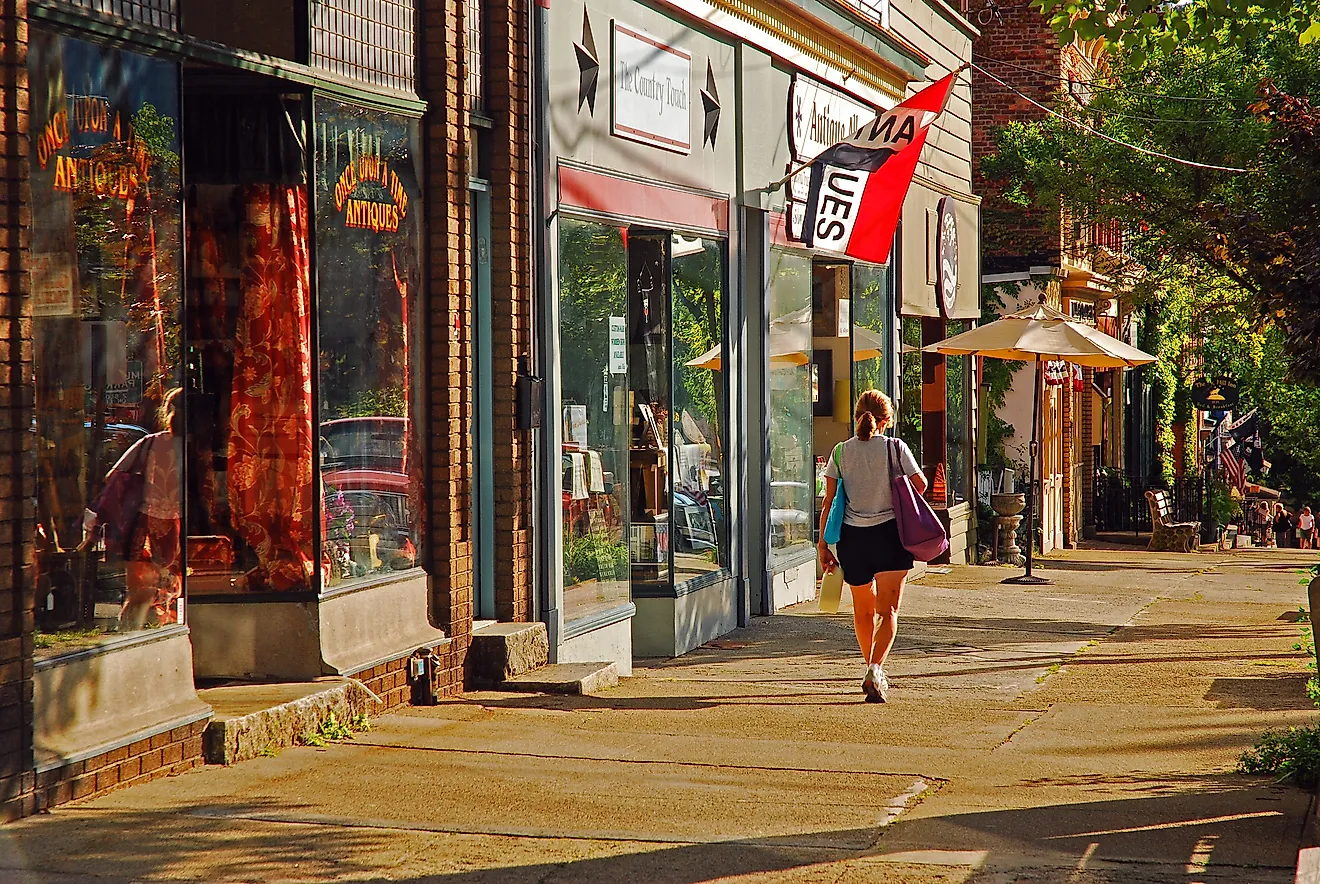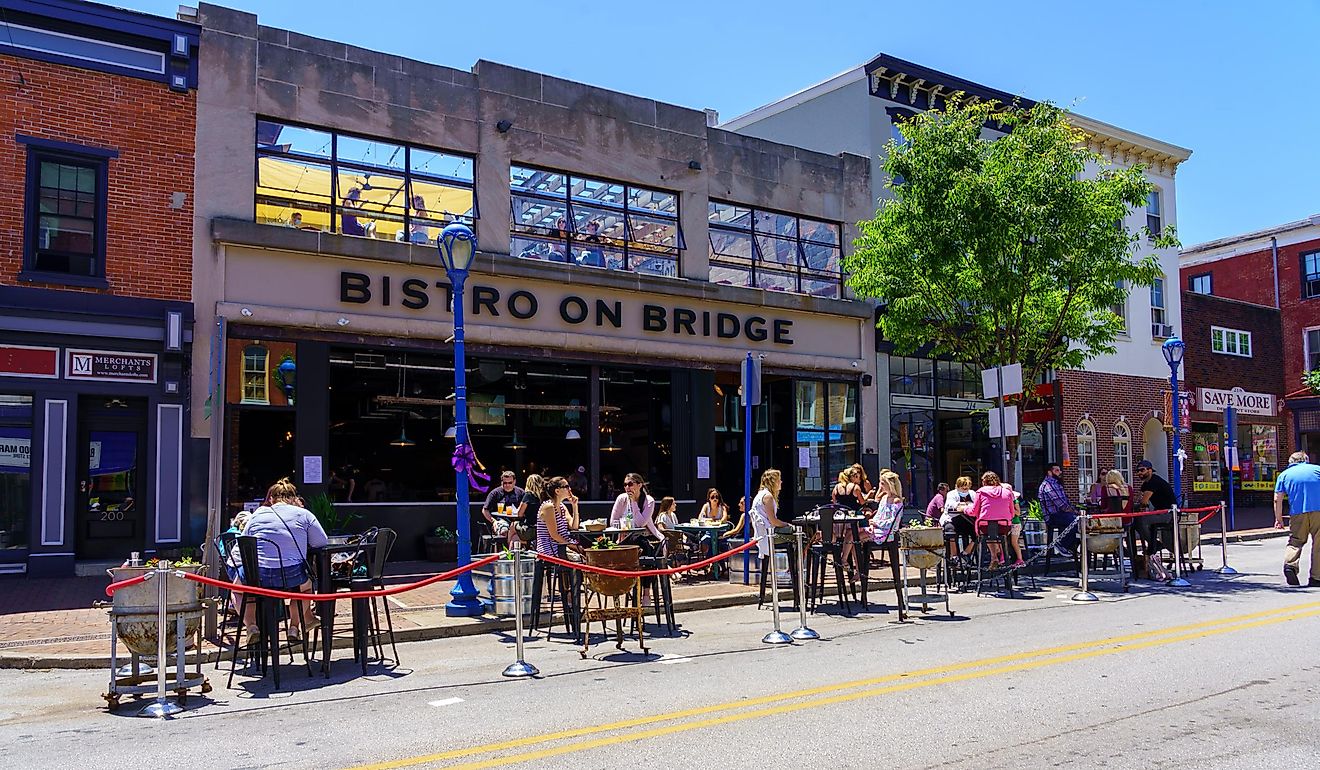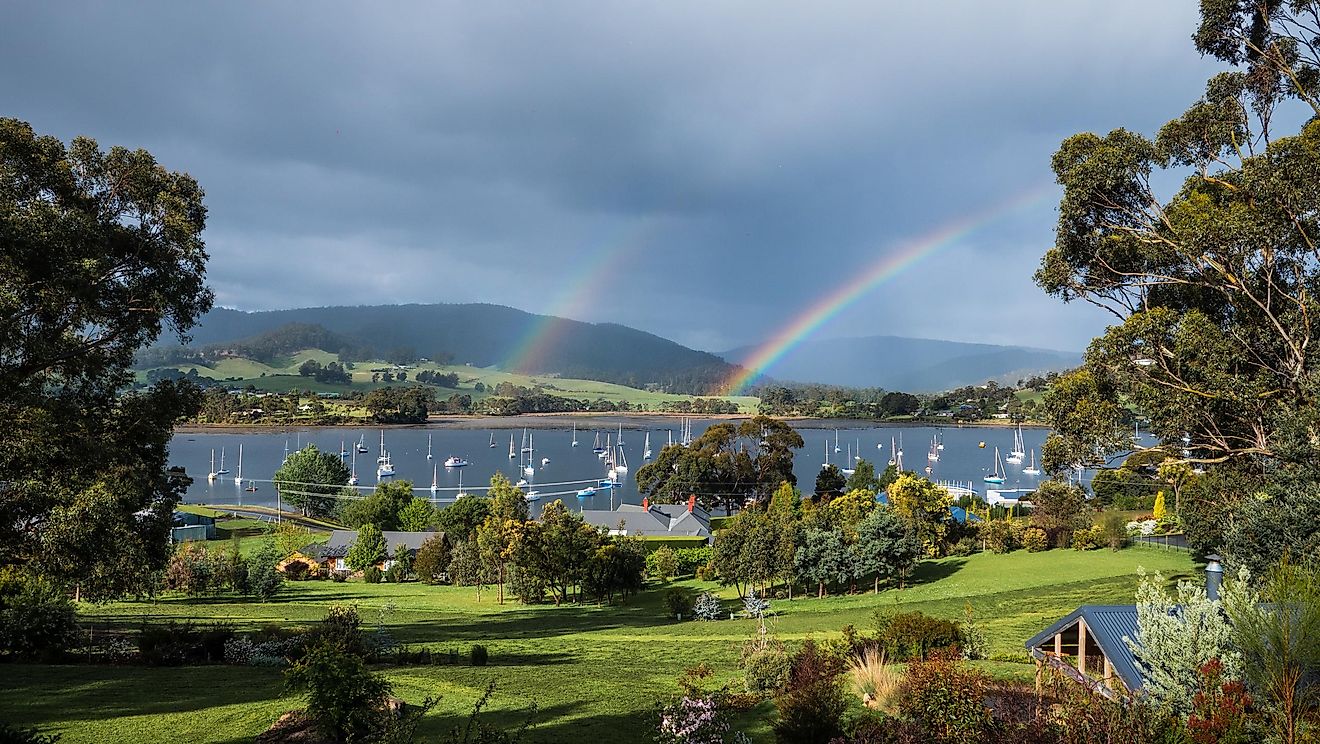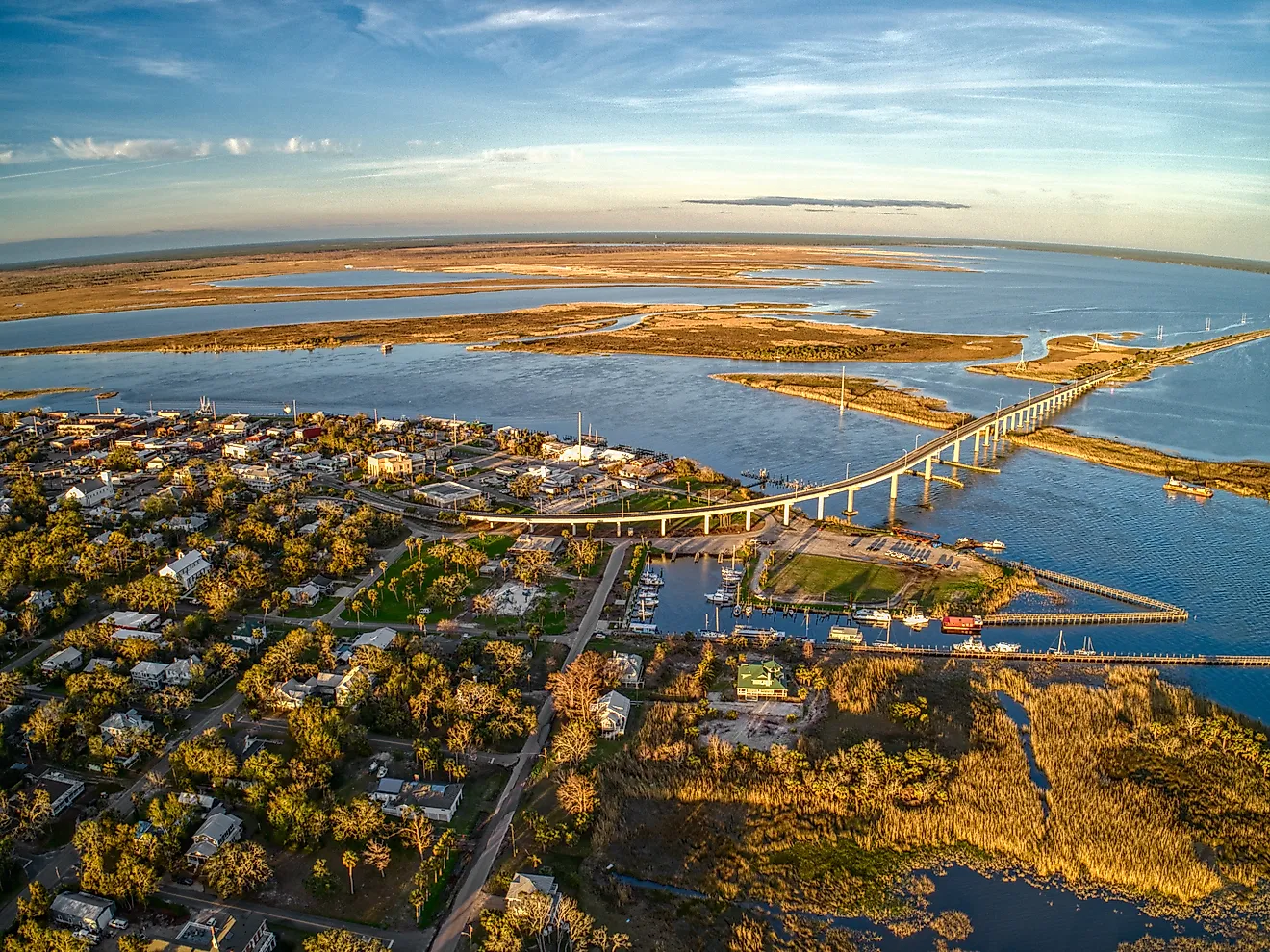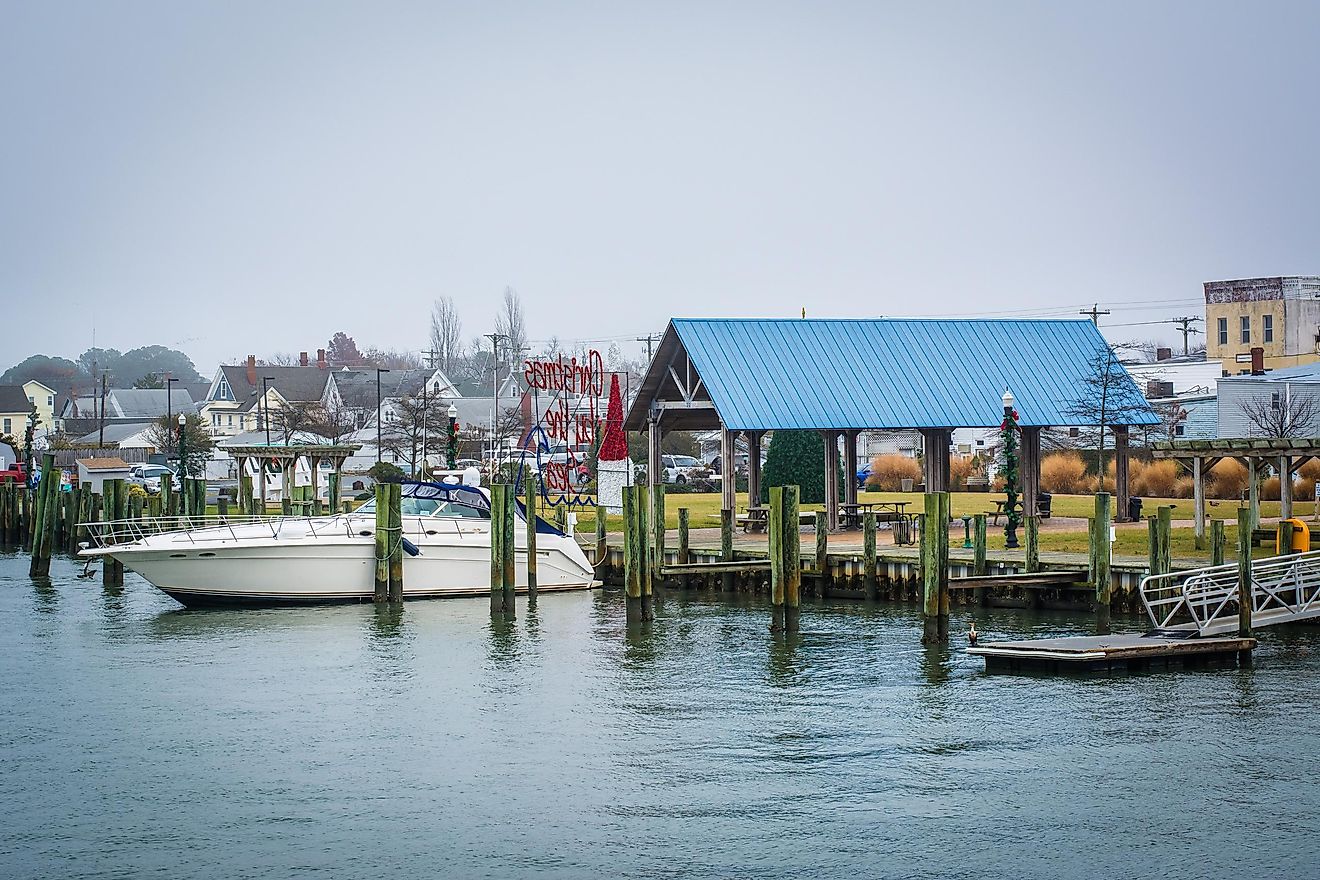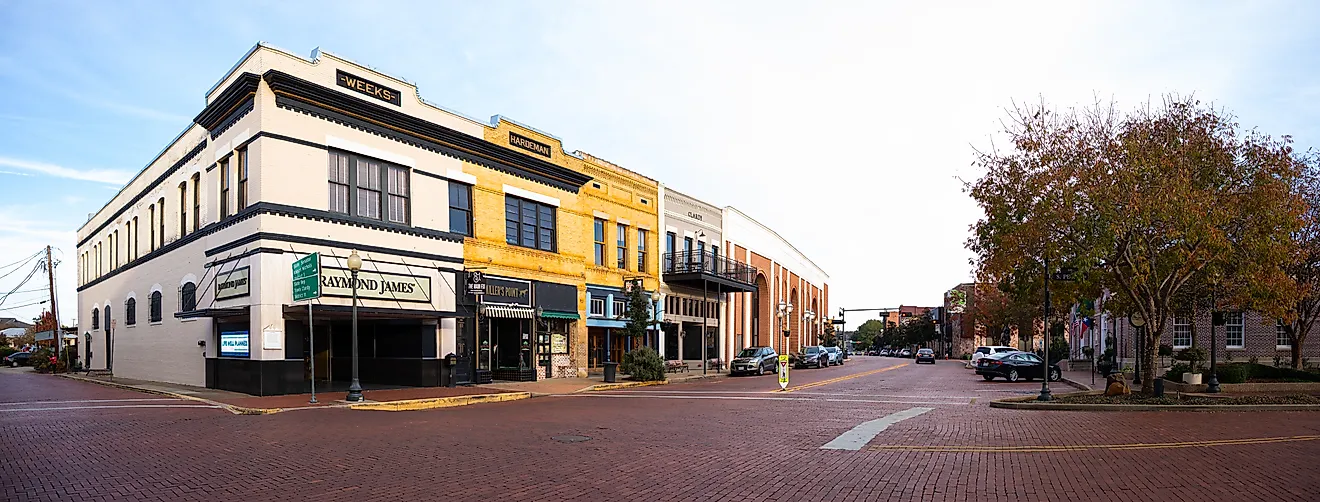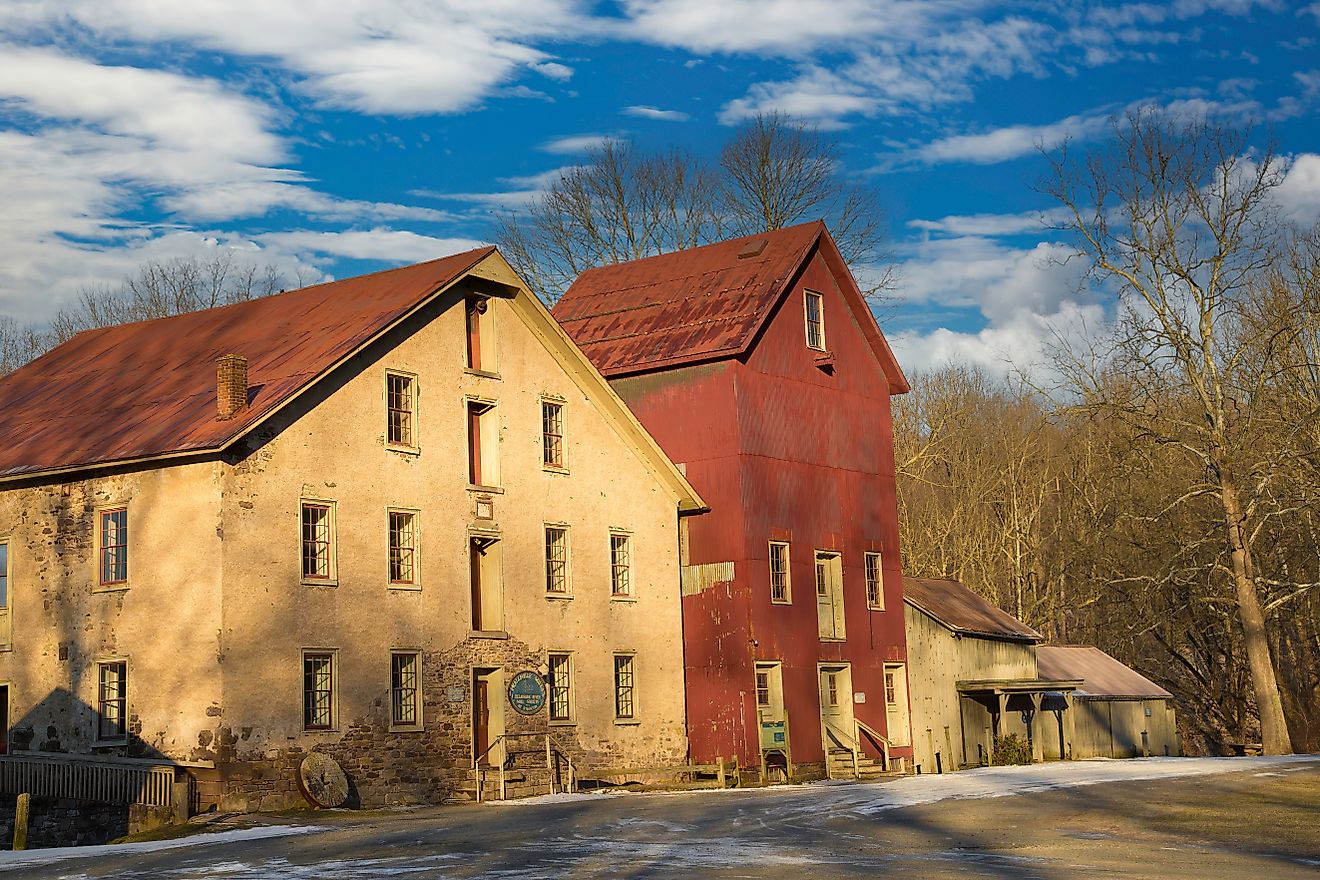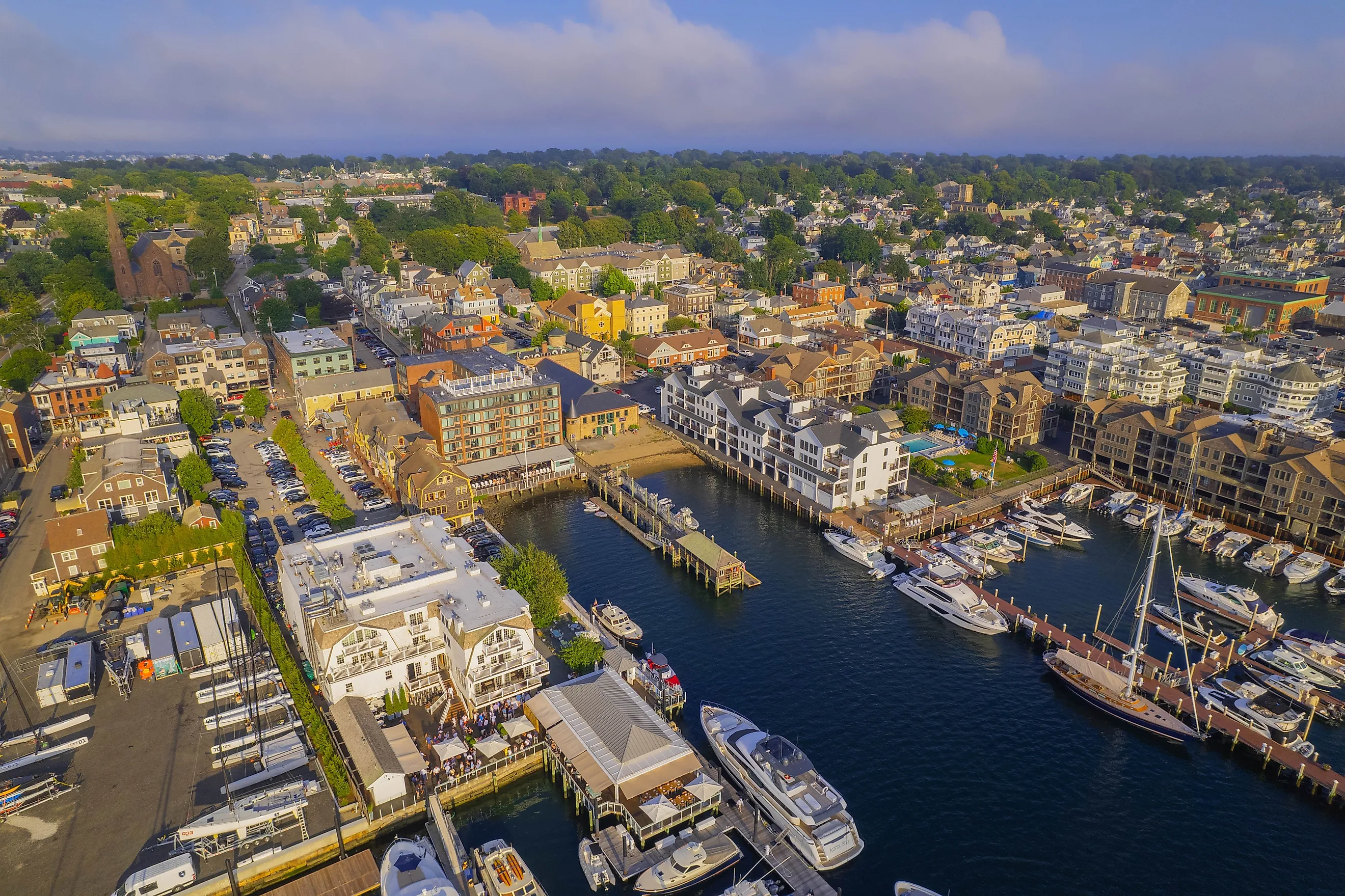
This Rhode Island Town Is Older Than the State Itself
When Rhode Island officially became a state in 1790, Newport had already been a thriving colonial settlement for 151 years. Founded in 1639 by religious dissidents who had split from the Portsmouth settlement just a year after arriving on Aquidneck Island, Newport predates Rhode Island's statehood and is one of the state’s oldest towns.
In search of religious freedom, these first settlers wasted no time embracing the radical (for the times) idea that church and state should be kept separate. These beliefs were ratified in 1641 by the Newport Town Statutes, cementing a policy that would make Newport home to one of the world’s first secular governments.
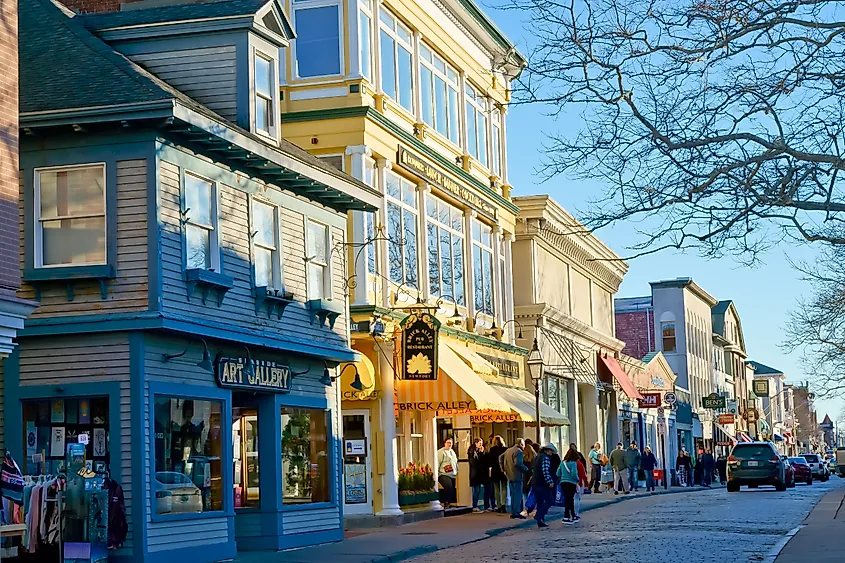
Blessed by a large natural harbor, the town soon became one of colonial America's five leading seaports. By the mid-18th century, Newport even rivaled New York and Boston in terms of commercial importance, with hundreds of wharves and businesses crowding the waterfront between Long Wharf and the southern harbor. And because of the triangular trade routes for rum, molasses, and enslaved people between New England, Africa, and the West Indies, the ensuing prosperity resulted in one of the highest concentrations of colonial homes in the nation, including structures that have survived since the 1600s.
Newport’s Historic District
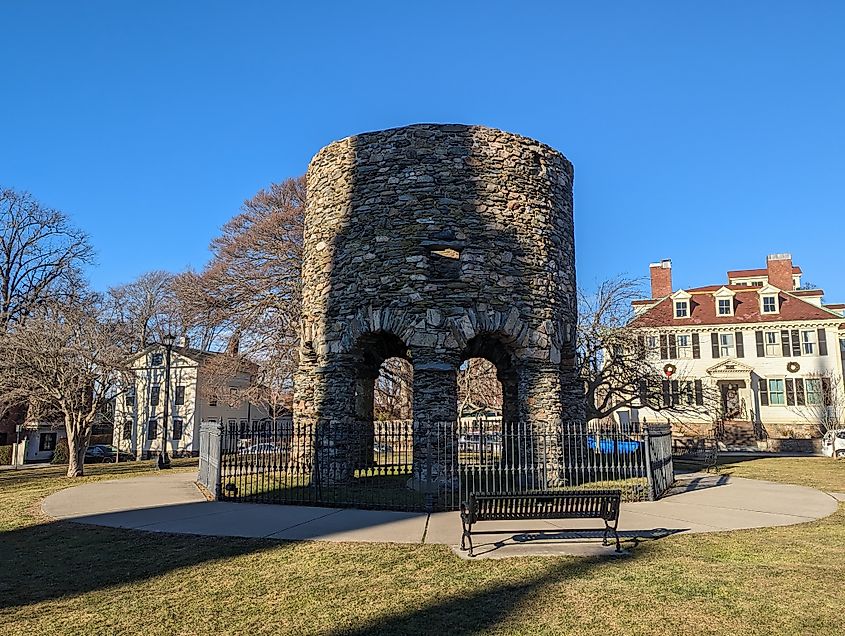
Today, you’ll find the bulk of these well-preserved old buildings in the Newport Historic District. The White Horse Tavern on Marlborough Street, dating from 1673, operates as America's oldest tavern; the Great Friends Meeting House, constructed in 1699, is Rhode Island's oldest house of worship, its simple hip-roof design reflecting Quaker beliefs in its simple design. Another important religious site, the Touro Synagogue, was completed in 1763 and is the oldest such place of worship in the nation, founded by Spanish and Portuguese Jews fleeing the Inquisition.
The mysterious Old Stone Mill (aka, the Newport Tower) remains one of the town’s most intriguing structures. Located in pretty Touro Park, this unusual circular stone tower is believed to be one of the oldest European-built structures in the United States. Though its exact origins continue to be debated, most historians believe it was built as a windmill to process locally grown grain.
The Redwood Library and Athenaeum is another historic must-see. Established in 1747, it is America's oldest purpose-built library and the longest-running lending facility to be housed in its original building. Also worth adding to your itinerary is the Artillery Company of Newport, established in 1741, which boasts an extensive collection of American military uniforms and weaponry.
From War to the Gilded Age
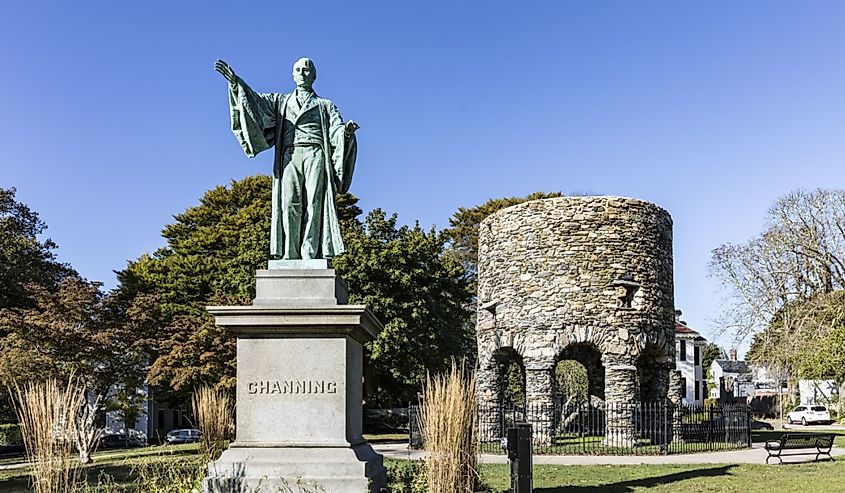
During the Revolutionary War, Newport saw its fair share of fighting. Occupied by British forces in 1776, many original buildings were burned by loyalist forces when they beat a retreat three years later. The Old Colony House on Washington Square was a notable survivor of Newport’s war years. Built in 1739 and now the country’s fourth-oldest statehouse, it was from the building’s steps that Major John Handy read the Declaration of Independence to townsfolk in 1776. The building also witnessed General Rochambeau and his French troops helping to overthrow the British here in 1781, a major turning point in America's fight for independence.
However, an altogether different kind of revolution brought about Newport's second golden era: the Industrial Revolution. After the Civil War, America's wealthiest families transformed the town into an exclusive summer playground, building summer retreats that were actually palatial estates along Bellevue Avenue and Ocean Drive. The Newport Mansions Preservation Society now maintains 11 of these historic properties, seven of which are now National Historic Landmarks.
Newport’s Old Opulence on Display Today
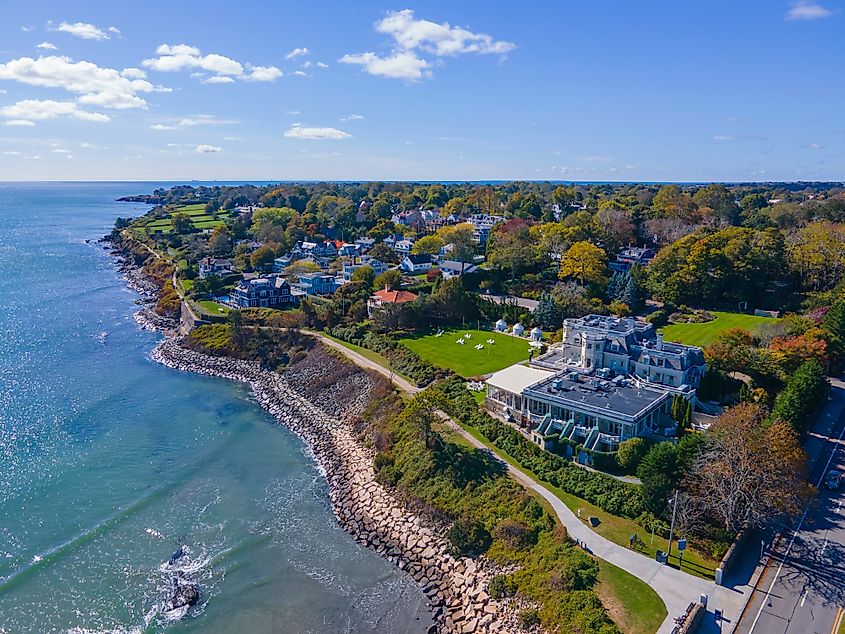
The undisputed star attraction of the Newport Mansions collection is The Breakers. The grandest of the town’s Gilded Age summer "cottages," this opulent 70-room Italian Renaissance palazzo was built in 1895 for the Vanderbilt family and features countless elaborate details throughout its 138,300 square feet, much of which can be seen during a fascinating guided tour.
The aptly named Marble House is another stunning piece of architecture from this new golden age. Constructed using 500,000 cubic feet of marble, it was William Vanderbilt's 39th birthday present for his wife, Alva, and later became the site of women's suffrage rallies led by Alva herself. The property includes a Chinese Tea House overlooking the Atlantic Ocean, a one-of-a-kind summer afternoon tea experience.
The Elms, built in 1901 and modeled after the elegant Château d'Asnières in France, was a trendsetter in terms of Gilded Age technology. Highlights of its advances included electricity throughout (it was the first American home to have wiring added during construction) and ice-making facilities. Tours include details of these technologies as well as a chance to see the property’s formal gardens with their terraces, pavilions, and fountains.
Natural Beauty and Cliff Walks
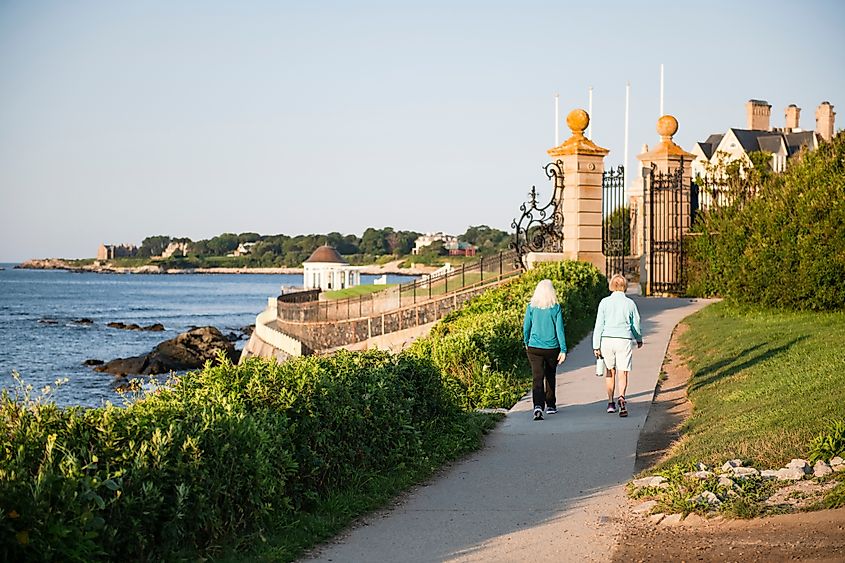
One of the best ways to appreciate the accurate scale of Newport’s opulent old homes is to take a stroll along the lovely Cliff Walk. This stunning 3.5-mile partly paved pathway not only provides excellent views of several Newport Mansions, but it also boasts wonderful views over one of the prettiest stretches of coastline in Rhode Island.
New England’s first designated National Recreation Trail, the path runs from Easton's Beach (also known as First Beach) to Bailey's Beach and is open daily from sunrise to sunset. One of the best free things to do in Newport, the northern section near Memorial Boulevard features paved paths suitable for strollers and wheelchairs. At the same time, the rockier southern portions require sturdy footwear and a little more effort.
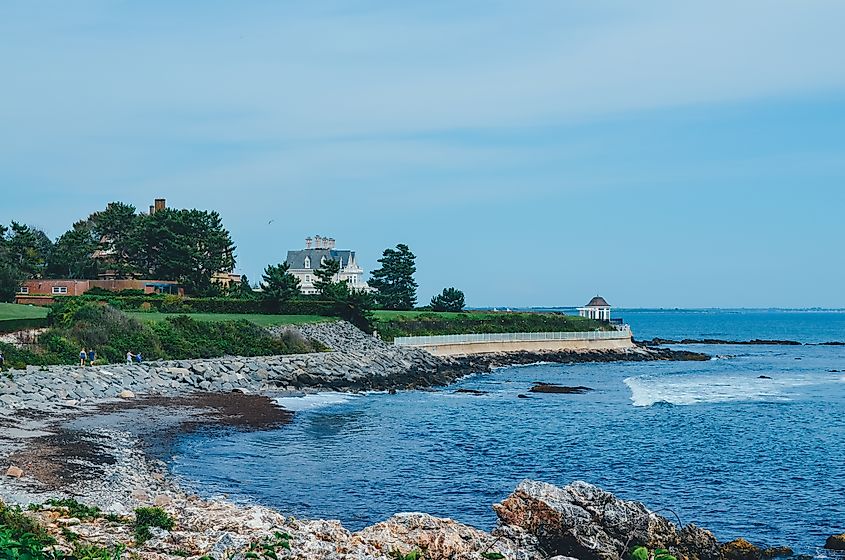
Ocean Drive offers an equally memorable coastal experience. This ten-mile scenic route passes Hammersmith Farm, where Jacqueline Kennedy spent her childhood summers, Fort Adams State Park, and Brenton Point State Park, both of which are worthy of a visit. It also winds past Gooseberry Beach, a local favorite for swimming, and the elegant Castle Hill Inn, an 1875 mansion turned luxury hotel overlooking the coastline.
The Final Word
There’s no denying that Newport, a town older than the state itself, is a New England bucket list item. Four centuries of American history have unfolded here, and this remarkable town has done an incredible job of preserving the evidence of its rich past, ensuring that generations of Americans will continue to be captivated by its timeless appeal.
